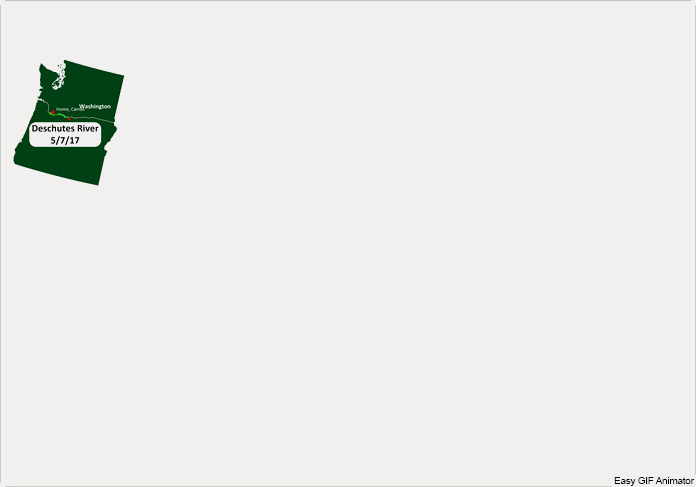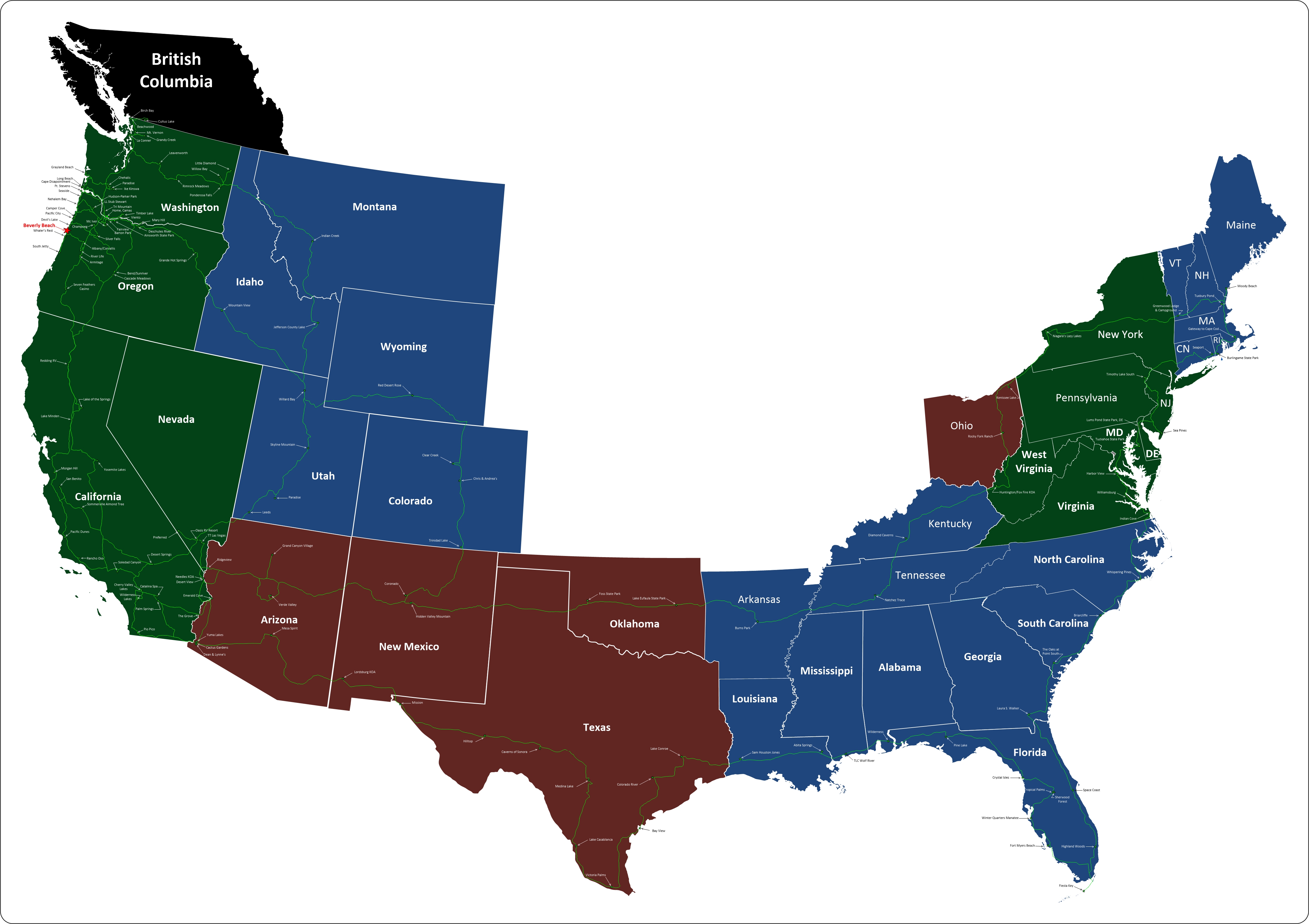Missouri
From Wikipedia
Missouri is a state in the Midwestern United States.[4] With over six million residents, it is the 18th-most populous state of the Union. The largest urban areas are St. Louis, Kansas City, Springfield, and Columbia; the capital is Jefferson City. The state is the 21st-most extensive in area. In the South are the Ozarks, a forested highland, providing timber, minerals, and recreation. The Missouri River, after which the state is named, flows through the center of the state into the Mississippi River, which makes up Missouri's eastern border.
Humans have inhabited the land now known as Missouri for at least 12,000 years. The Mississippian culture built cities and mounds, before declining in the 14th century. When European explorers arrived in the 17th century they encountered the Osage and Missouria nations. The French established Louisiana, a part of New France, and founded Ste. Genevieve in 1735 and St. Louis in 1764. After a brief period of Spanish rule, the United States acquired the Louisiana Purchase in 1803. Americans from the Upland South, including enslaved African Americans, rushed into the new Missouri Territory. Missouri was admitted as a slave state as part of the Missouri Compromise. Many from Virginia, Kentucky, and Tennessee settled in the Boonslick area of Mid-Missouri. Soon after, heavy German immigration formed the Missouri Rhineland.
Missouri played a central role in the westward expansion of the United States, as memorialized by the Gateway Arch. The Pony Express, Oregon Trail, Santa Fe Trail, and California Trail all began in Missouri.[5] As a border state, Missouri's role in the American Civil War was complex and there were many conflicts within. After the war, both Greater St. Louis and the Kansas City metropolitan area became centers of industrialization and business. Today, the state is divided into 114 counties and the independent city of St. Louis.
Missouri's culture blends elements from the Midwestern and Southern United States. The musical styles of ragtime, Kansas City jazz, and St. Louis Blues developed in Missouri. The well-known Kansas City-style barbecue, and lesser-known St. Louis-style barbecue, can be found across the state and beyond. Missouri is also a major center of beer brewing; Anheuser-Busch is the largest producer in the world. Missouri wine is produced in the nearby Missouri Rhineland and Ozarks. Missouri's alcohol laws are among the most permissive in the United States. Outside of the state's major cities, popular tourist destinations include the Lake of the Ozarks, Table Rock Lake, and Branson.
Well-known Missourians include U.S. President Harry S. Truman, Mark Twain, Walt Disney, Chuck Berry, and Nelly. Some of the largest companies based in the state include Cerner, Express Scripts, Monsanto, Emerson Electric, Edward Jones, H&R Block, Wells Fargo Advisors, and O'Reilly Auto Parts. Missouri has been called the "Mother of the West" and the "Cave State"; however, Missouri's most famous nickname is the "Show Me State.




